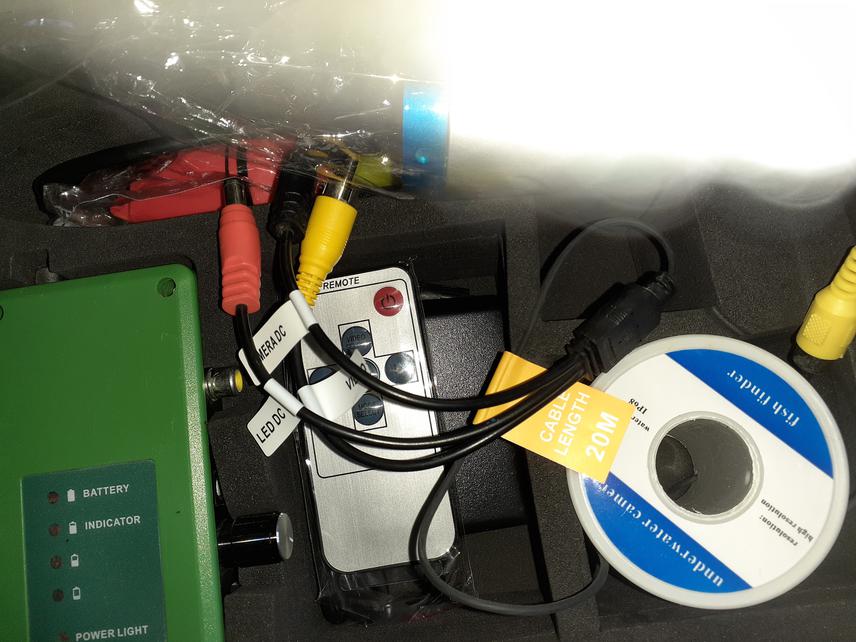Trishan Naidoo
Other projects
9 Nov 2015
Concentrations of Microplastic in Postlarval and Juvenile Fish Fauna in an Urban Harbour of Kwazulu-Natal, South Africa
The broad aim of this study is to determine the fate and impact of plastic debris in the marine environment. There are four broad objectives of the project that will help achieve this.
The specific objectives are to:
(1) collect sediment cores along a vertical and horizontal beach profile and quantify the plastics present along these gradients.
(2) conduct visual surveys of the levels of plastic debris that has settled out of the water column and settled on the sea floor, in the nearshore environment.
(3) collect juvenile fish found under floating debris along the coastline, transport them back to the lab for identification, dissection and isolation of any plastic material present.
(4) conduct plastic ingestion experiments on juvenile fish and examine whether plastic fed treatments have an influence on the gut community of fish, relative to controls.

Underwater camera system.
This project attempts to investigate the retention of plastics on sandy beaches and the nearshore subtidal environment of KwaZulu-Natal, while another part of the project will be concerned with the impacts of plastic debris to juvenile fish. Fish species that shelter under plastic debris will be investigated and any possible range expansions of species will be discussed. The last part of the project will be a continuation of previous research work, in which plastic ingestion experiments were set-up using juvenile glassfish. This time around we aim to run the same experiments, but now we will investigate whether there are any changes to gut microbiota caused by microplastic ingestion.
Examining plastic concentration along a vertical gradient will allow us to determine the fate of plastics on our beaches and will also allow us to compare to past levels at various stratification levels. Doing this along the shore (horizontally), will allow us to determine if nearshore current features could affect the deposition of particles along the beach. While underwater cameras in subtidal areas will assist with determining whether the nearshore environment is a sink for plastic debris. Previous monitoring in the study area has been done on surface water samples using nearshore surface trawls (e.g. Naidoo and Glassom, 2019b), but none have examined the benthic environment yet.
For the potential impacts part of the project, any plastic found in fish guts will be compared to the polymer of the debris that the fish was found under. This will allow us to determine firstly, the species of fish that use plastic debris as a shelter and secondly, whether they are consuming fragments of the same plastic during foraging. Doing this will also bring about questions on whether marine debris are impacting fish populations by aiding with population range expansions. We may later extend this part of the project to compare plastic ingestion in free living fish collected with light traps. For the last, but most challenging part of the study, fecal casts, from fish kept in captivity under controlled conditions, will be collected and their associated microbial community will be identified and compared to control fish. This part has been built upon from previous research.